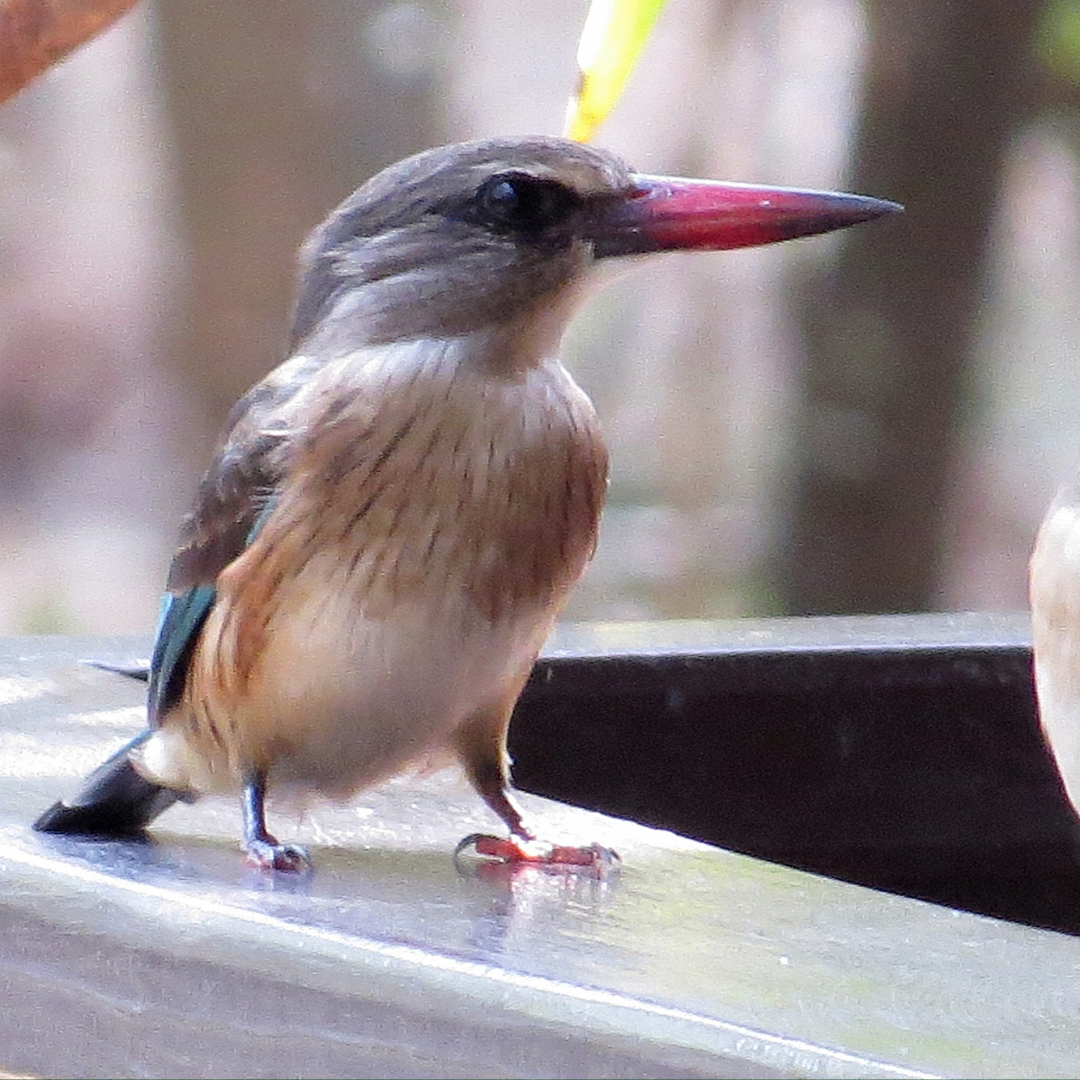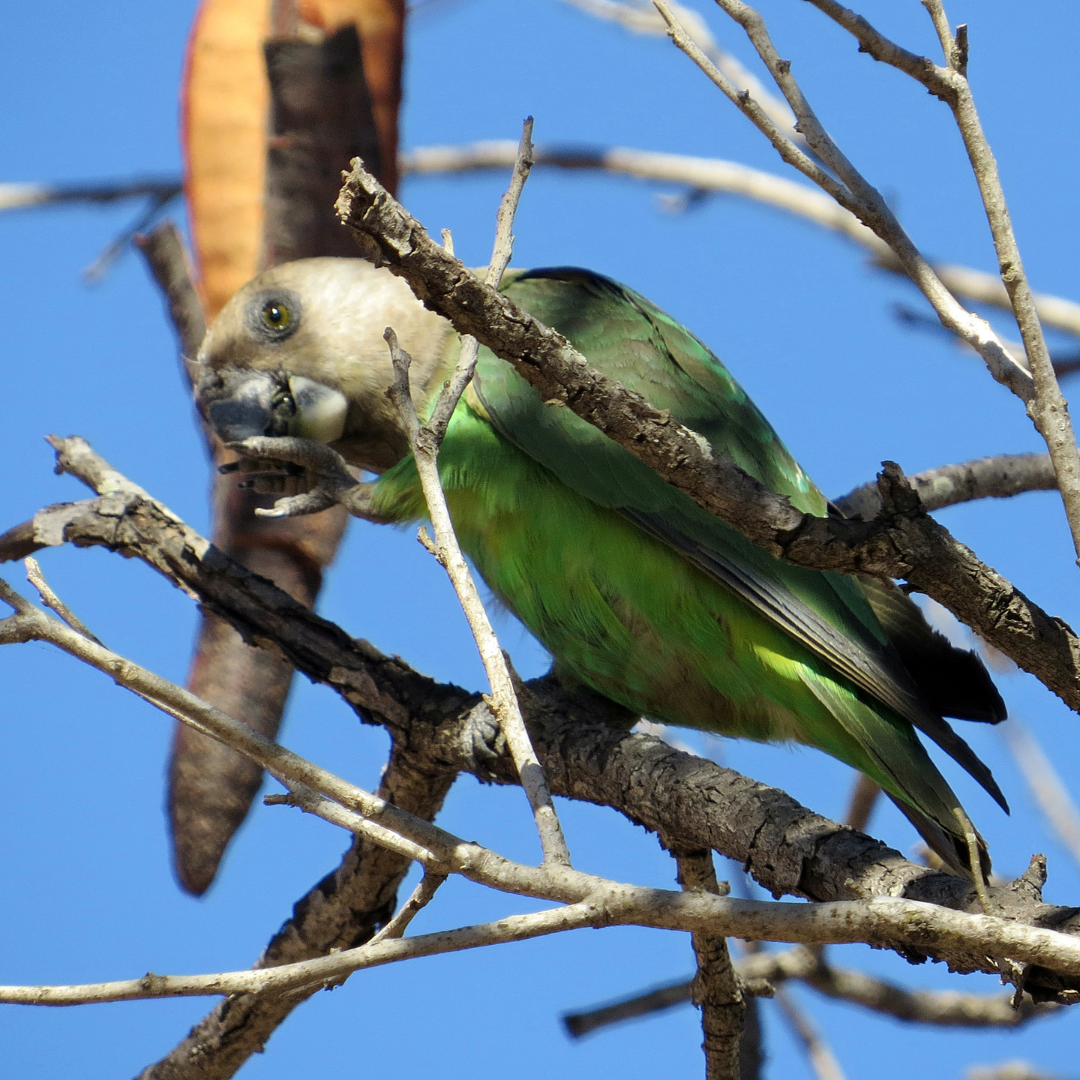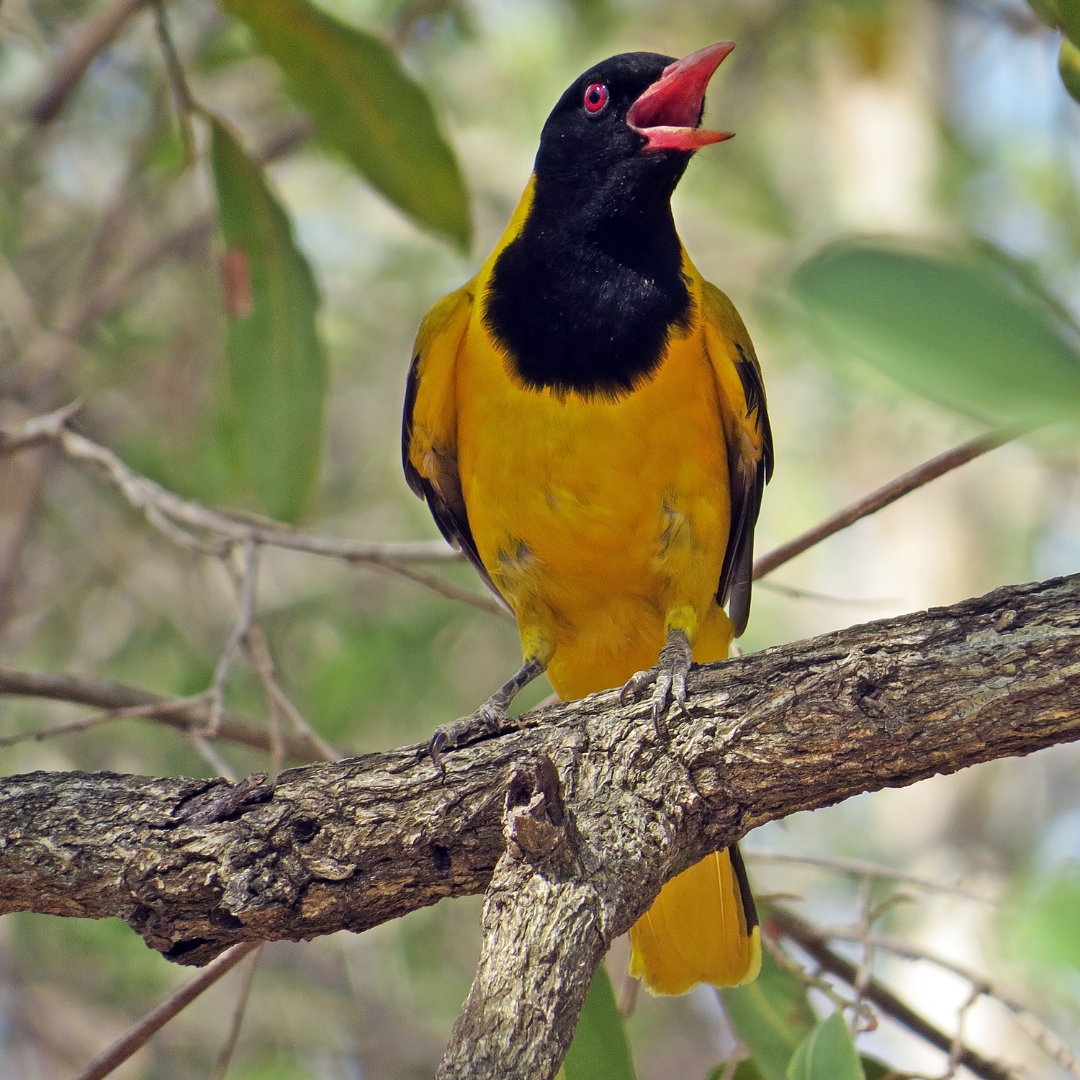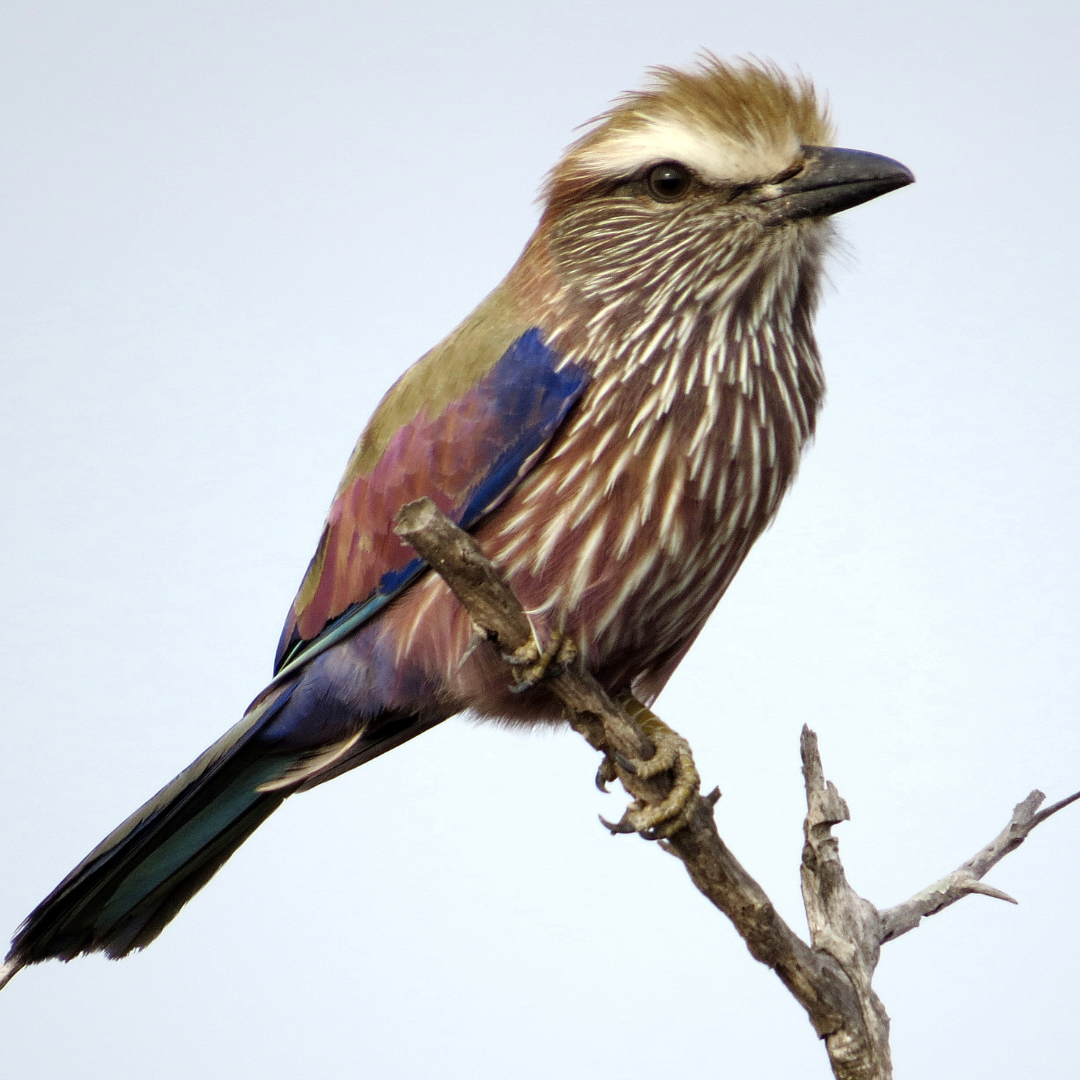Whispers in the Wilderness: The Avian Wonders of Needles Lodge
Whispers in the Wilderness: The Avian Wonders of Needles Lodge" offers a brief yet vibrant glimpse into the rich bird life at Needles Lodge. From the Brown-Hooded Kingfisher to the Fork-tailed Drongo, it introduces readers to unique bird species, their behaviors, and habitats, emphasizing the lodge's role as a prime spot for birdwatching and nature appreciation.
Tucked away in the heart of nature's embrace, Needles Lodge stands as a sanctuary not only for travellers seeking solace but also for a diverse array of bird species. The air is alive with the symphonies of songbirds, the vibrant display of feathers in flight, and the stealthy glide of hunting birds. For the birdwatching enthusiasts among us, let's set off on an exploration of the feathered marvels that adorn our skies and enhance the beauty of our surroundings.

Brown-Hooded Kingfisher (Halcyon albiventris)
Description & Habitat: With its brilliant blue wings and distinctive brown hood, the Brown-Hooded Kingfisher casts a striking figure against the dense foliage of riverine forests and the edges of woodlands. This bird deviates from its aquatic namesake's diet, preferring a feast of insects over fish, making it a fascinating spectacle beyond the waterways.
Behaviour & Traits: It is recognised by its unique "kiet-kiet" call and is often observed perched in solitude or in pairs, launching sudden attacks on unsuspecting prey with remarkable accuracy.
Interesting Fact: Contrary to what its name might suggest, the Brown-Hooded Kingfisher seldom fishes, opting instead for a diet of insects and the occasional small reptile, a delightful twist in the avian narrative.

Brown-Headed Parrot (Poicephalus cryptoxanthus)
Description & Habitat: The vibrant green and the playful chirp of the Brown-Headed Parrot light up the dense forest canopies and savanna. With a green body topped by a brown head, this bird adds a dash of colour to its environment.
Behaviour & Traits: These parrots are highly social creatures, forming lasting bonds, and are frequently seen in pairs, sharing meals of fruit, seeds, and nectar.
Interesting Fact: They are known for their mischievous raiding of unripe fruits, much to the dismay of farmers, highlighting their playful nature.

Black-Headed Oriole (Oriolus larvatus)
Description & Habitat: The Black-Headed Oriole is a stunning sight with its vivid yellow body and melodious tunes, inhabiting tall trees in open woodlands, gardens, and along rivers.
Behaviour & Traits: This bird is a versatile feeder and an exquisite singer, using its voice for both communication and courtship, contributing to pollination and pest control.
Interesting Fact: It can mimic the calls of other birds and some mammals so accurately that it often confounds even experienced birdwatchers, earning it the title of the avian mimicry artist.

Purple Roller (Coracias naevius)
Description & Habitat: As Africa's largest roller, the Purple Roller commands attention with its robust build and striking coloration, favouring the open skies of woodlands and savanna for its dramatic display flights.
Behaviour & Traits: Known for its spectacular aerial displays, the roller engages in acrobatic flights to woo mates and intimidate rivals, showcasing its prowess as a hunter of insects, small reptiles, and birds.
Interesting Fact: Though typically solitary, the Purple Roller becomes a show-stopping performer during mating season, executing loops and dives with the enthusiasm of a seasoned aerobatic pilot.

Fork-tailed Drongo (Dicrurus adsimilis)
Description & Habitat: The Fork-tailed Drongo, with its glossy black feathers and distinctive forked tail, is a common sight in open forests, and gardens. Its bold silhouette and assertive presence make it an unforgettable feature of its landscape.
Behaviour & Traits: Drongos are renowned for their fearless behaviour, often seen chasing away much larger birds from their territory. They possess an array of calls and are known for their mimicry skills, using them to deceive other species and steal their food.
Interesting Fact: These birds are cunning mimics, famously imitating the alarm calls of other species to scare them away from food, which the drongo then swiftly steals, showcasing their strategic intelligence in the wild.
The avian population around Needles Lodge offers a captivating glimpse into the diversity and intricacy of birdlife, each species with its own story, playing a crucial role in the ecological balance of this enchanting haven. With binoculars in hand and cameras at the ready, prepare yourselves for an avian adventure that promises to be as enlightening as it is delightful.




Share This Post